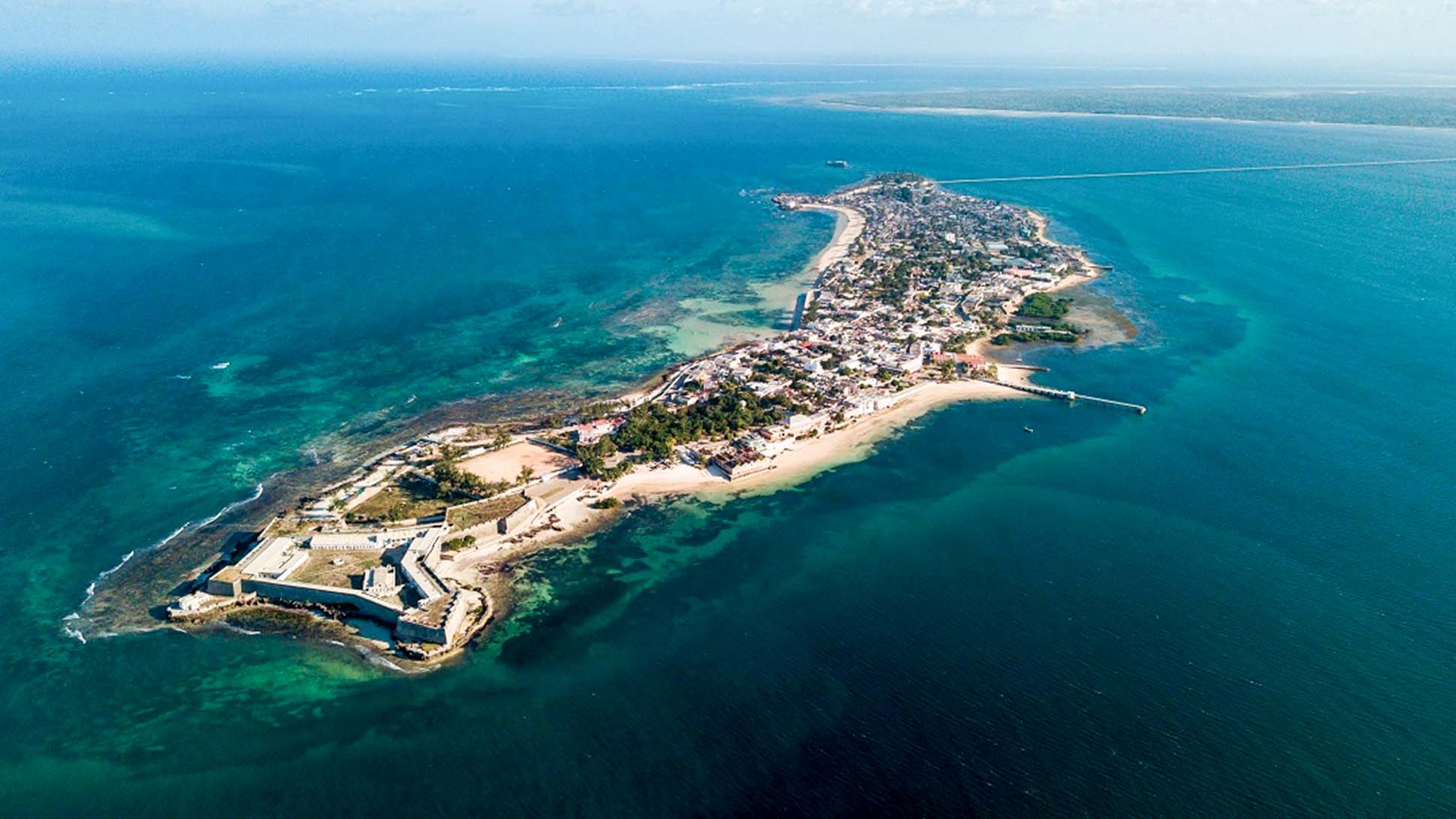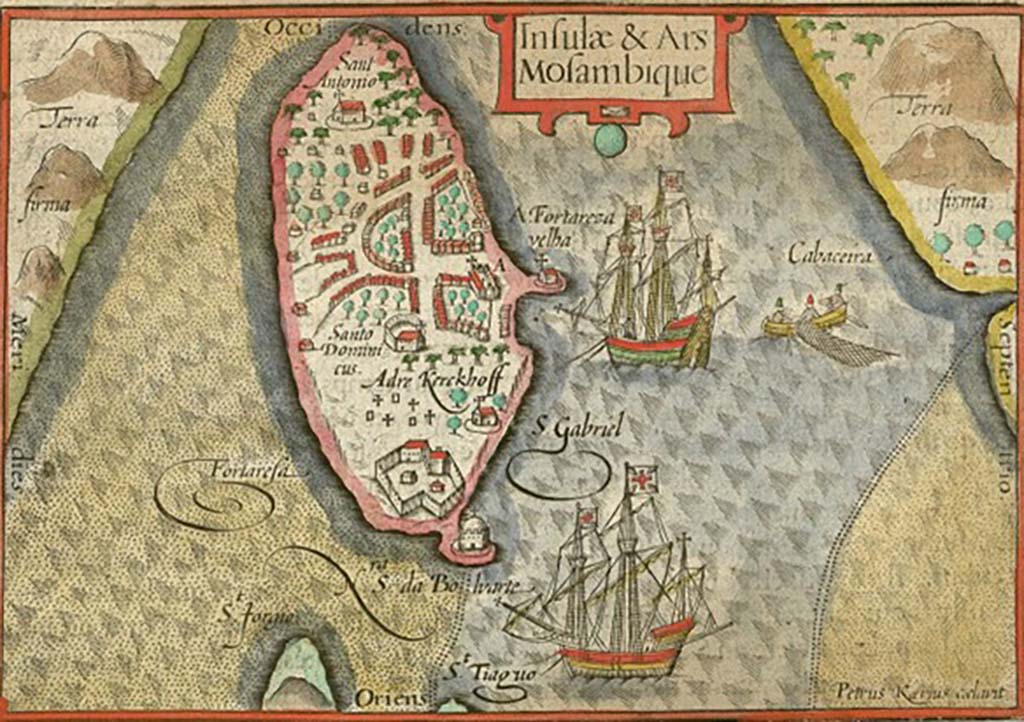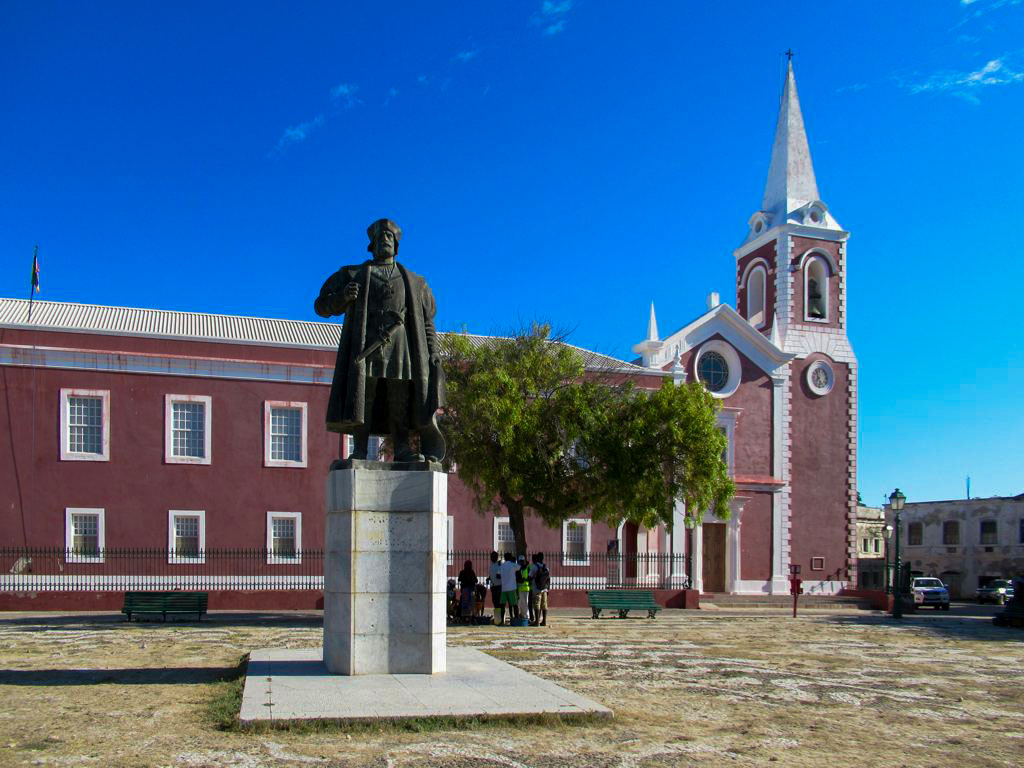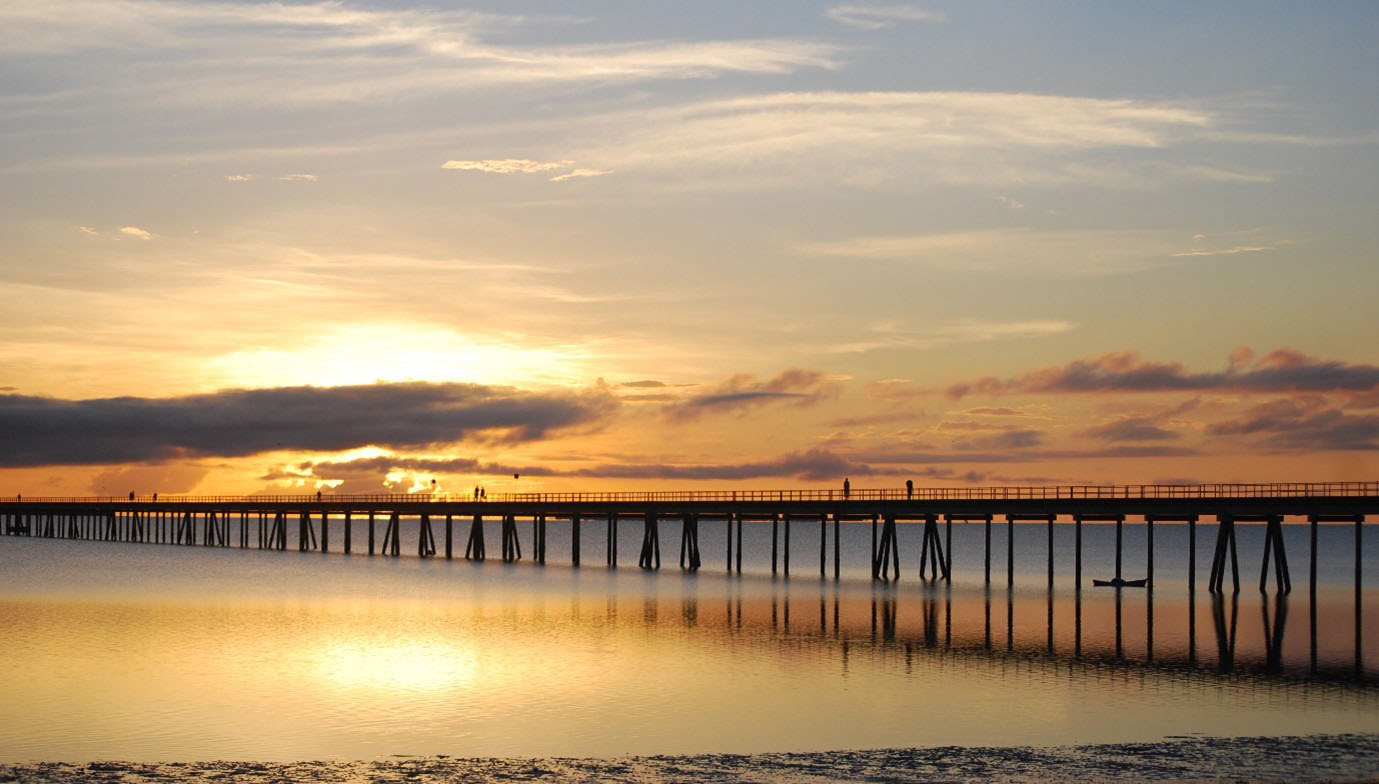Ilha De Moçambique is one of the most unique cultural gems of Mozambique filled with thousands of years’ worth of history. This island – a UNESCO World Heritage Site and one of Africa’s most culturally significant destinations – is in the Northern coast of Mozambique within the province of Nampula. This small but important coral island was once the capital of Mozambique.

Throughout the colonial era, the history of Mozambique had been rewritten as if it had started with the arrival of the Portuguese people however, the people of the Island of Mozambique had already established themselves within complex communities with practices rooted in agriculture, cattle raising, mining, crafts and trade.
When Vasco da Gama landed in Ilha de Moçambique in 1498 the island was ruled by Sheikh Zacoeja, who controlled overseas trade and decided which foreign merchants got to do business. This island was crucial hub in the Indian Ocean network from the 7th century, linking Africa and Asia. Its strategic location became a stopover for ships crossing the Indian Ocean, where trader and shippers could restock, contributing a great deal to early globalization.

Although Mozambique is not necessarily known to be an Islamic country, Islamic influence in the country and specifically in Ilha de Moçambique is traceable to early first century. Arab merchants were already trading with local communities before Islam spread widely along the coast. This Islamic identity shaped its society and architecture. When it came to business, the Islamic ways ruled the process.
Today, Ilha de Moçambique is known for touristic scenery filled with Its forts, sacred chapels, shipwreck museums, and artisan communities. Notable buildings on the island include the Palace and Chapel of São Paulo, built in 1640 as a Jesuit College and subsequently used as the Governor's Residence, now a museum. The Museum of Sacred Art, housed in the Church of the Misericórdia run by the House of Mercy, displaying an excellent Makonde crucifix; the Church of Santo António; the Church of the Misericórdia; and the Chapel of Nossa Senhora de Baluarte.

The island, now entirely urbanised, is also home to several mosques and a Hindu temple.

This milestone not only celebrates their personal achievements but also opens doors for cultural exchange, expands opportunities for Kenyan talent, and embodies the broader vision of building sustainable partnerships between Kenya and Japan.
Fun fact: Our Powership vessel, a project in partnership with Karpowership is located just 53km from Ilha de Moçambique.
